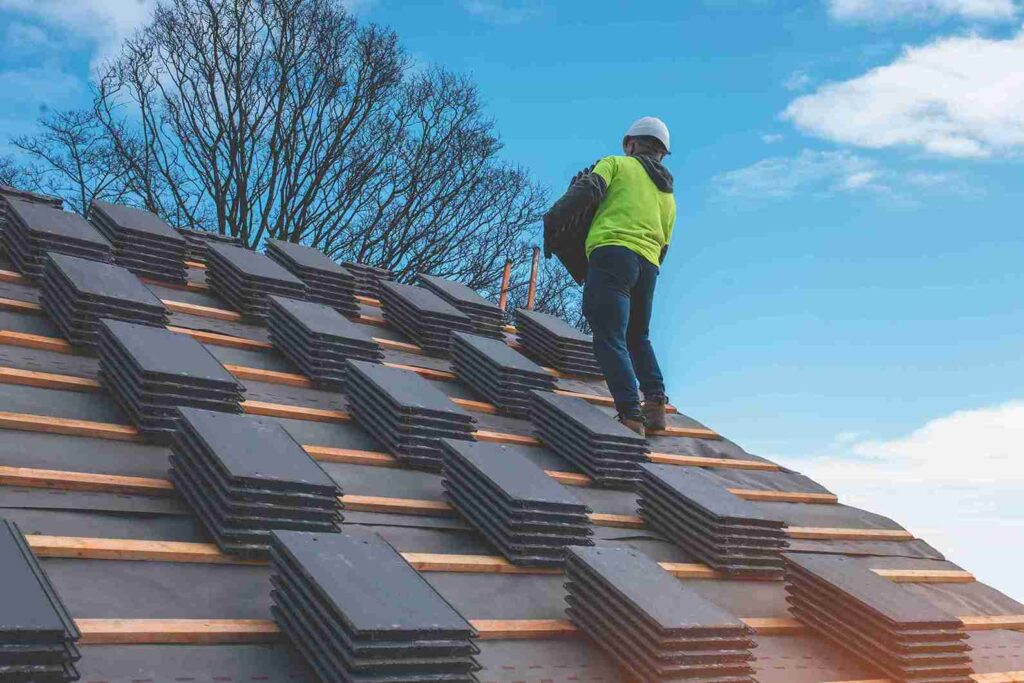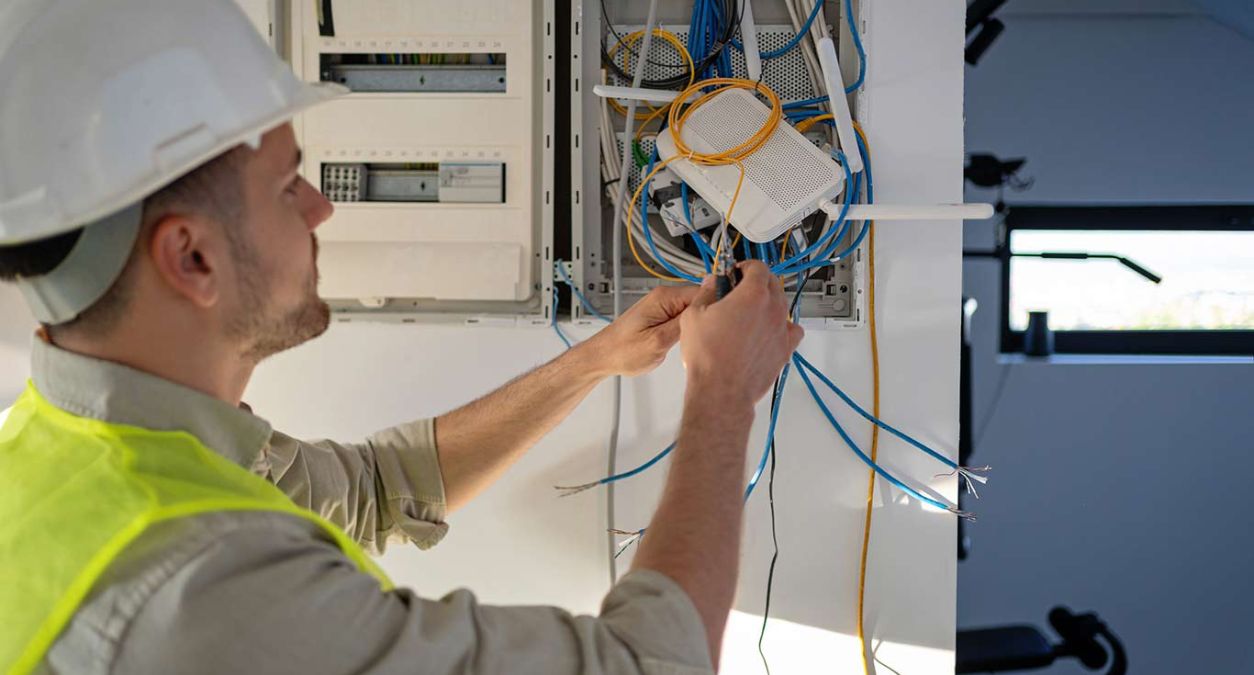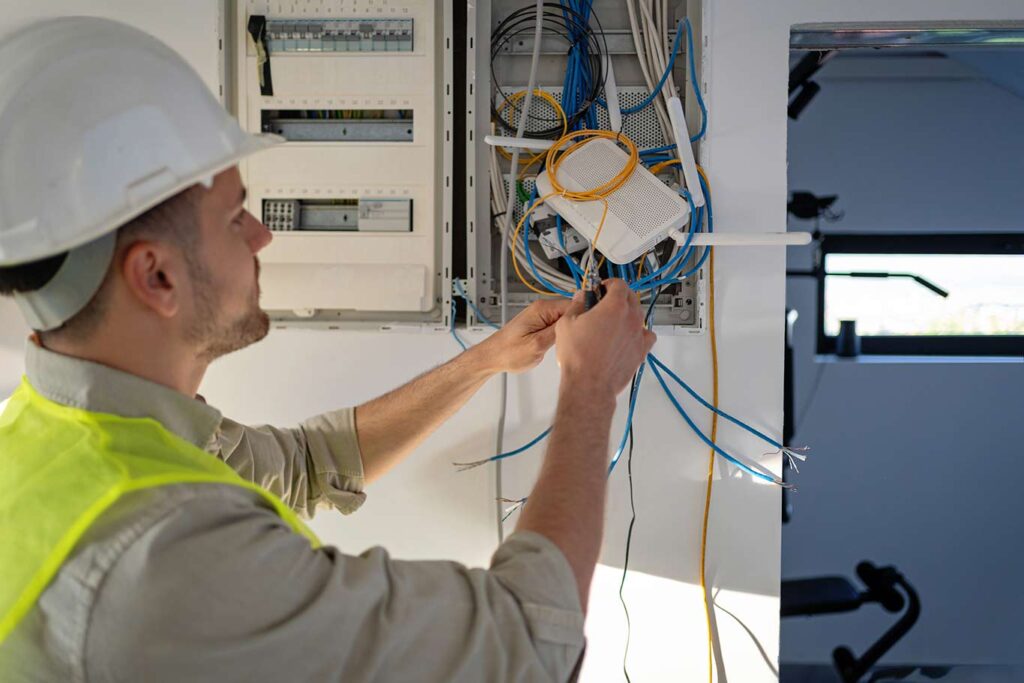Winter can be a challenging season for tradesmen. With shorter days and unpredictable weather, many jobs become harder to schedule and complete. Outdoor projects are often put on hold due to rain, frost, or snow, and the festive season means many homeowners are focusing on Christmas shopping and celebrations rather than home improvements. After the festive season, budgets tend to tighten as people recover from the financial strain of the festivities, leaving less room for big-ticket renovations or upgrades.
It’s easy to see why some tradesmen might view winter as a time to slow down and wait for spring. However, it doesn’t have to be this way. While the colder months present their own set of challenges, they also bring unique opportunities to diversify your services, connect with new clients, and establish your business as a go-to option in your community. Winter is a time when people are particularly aware of the need to keep their homes warm, safe, and functional – and that’s where you come in.
By offering the right services, being prepared for the season’s demands, and marketing your business creatively, you can not only survive the winter but thrive in it. Whether it’s providing essential maintenance, responding to emergencies, or helping clients improve their homes for the long term, there’s no shortage of ways to stay busy. With a bit of smart planning and a proactive approach, you can turn winter into an opportunity to grow your trade and strengthen your customer base.
Challenges tradesmen face in Winter
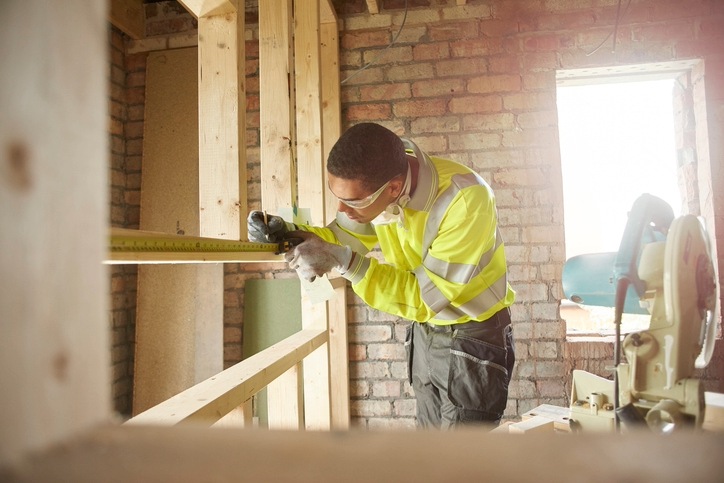
Winter brings its fair share of headaches for tradespeople. There are fewer daylight hours to get jobs done, outdoor projects often get delayed due to rain, snow, or freezing conditions, and homeowners are more likely to focus on festive prep than home improvement. But here’s the thing: while these challenges are real, they also open the door to some unique opportunities.
Services in high demand during Winter
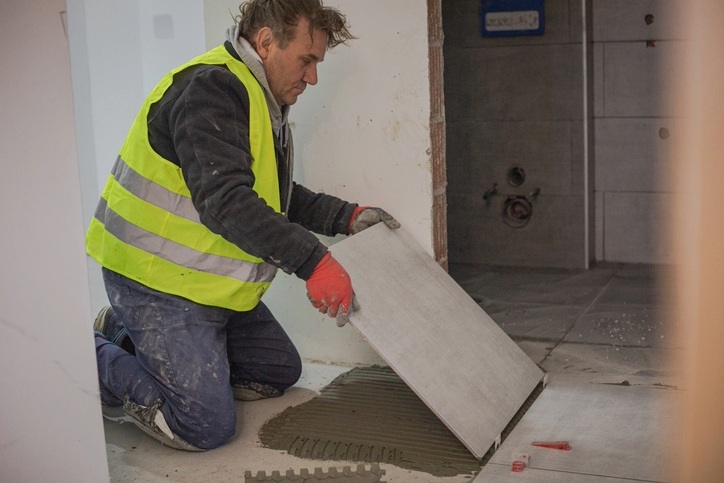
Winter isn’t just a time for tradesmen to hunker down and wait for spring – in fact, it’s when many homeowners notice problems that simply can’t wait. From urgent fixes to preventative measures, there’s a wealth of services that are in high demand during the colder months.
Heating and Plumbing
Nothing gets people calling a tradesman faster than a broken boiler or freezing pipes. Winter is prime time for heating and plumbing work, with boiler maintenance, radiator bleeding, and pipe insulation often taking centre stage. Offering emergency call-outs for boiler breakdowns or burst pipes can make your business invaluable during this time.
Roof Repairs and Gutter Cleaning
The combination of heavy rain, snow, and ice can wreak havoc on roofs and gutters. Leaks, sagging gutters, and ice dams can quickly become major headaches for homeowners. By offering inspections and repair services, you can help clients avoid costly damage. Clearing gutters of debris is a relatively simple job but one that many homeowners are happy to outsource when the weather’s bitter.
Insulation and Draught Proofing
With the rising cost of energy bills, winter sees a surge in demand for insulation and draught-proofing services. Helping homeowners keep their homes warm and energy-efficient – whether by upgrading loft insulation, sealing draughty windows, or installing thermal curtains – not only addresses their immediate concerns but positions you as someone who can save them money in the long run.
Emergency Call-Outs
Emergencies don’t wait for better weather. Whether it’s a burst pipe, an electrical fault, or storm damage, being ready to tackle urgent repairs can be a lucrative niche. Marketing yourself as someone who’s reliable and available for winter emergencies can help you stand out from competitors.
Snow and Ice Management
While not a service every tradesman offers, in areas prone to heavy snow or frost, driveway clearing and salting can be a steady source of work. Many elderly or time-poor homeowners are willing to pay for this service, especially if it helps them avoid the risk of slips and falls.
Indoor Renovations
When the outdoors becomes less appealing, homeowners often turn their attention to interior improvements. Painting, decorating, tiling, and small carpentry jobs like installing shelves or fixing skirting boards are perfect winter tasks. These projects keep you indoors, away from the worst of the weather, and appeal to clients keen to spruce up their homes during the colder months.
By focusing on these high-demand services, you can not only keep your calendar full during the winter but also build a reputation as the go-to tradesman for all things winter-related. Being proactive in offering these services to your clients can make a real difference in ensuring that winter is a season of growth, not struggle.
Managing Winter weather

Bad weather can cause chaos, but a little preparation can go a long way:
- Keep an Eye on the Forecast: Plan your outdoor jobs around clear days and stay ahead of unexpected snow or storms.
- Invest in Good Gear: Waterproof clothing, sturdy boots, and weatherproof tool storage can make all the difference.
- Temporary Workspaces: Consider using pop-up shelters or tarpaulins to keep outdoor projects moving.
- Have a Backup Plan: Be upfront with clients about potential delays and build extra time into your schedule for unexpected setbacks.
Plan smart to stay ahead
A bit of forward thinking can keep your winter work calendar full:
- Start Early: Reach out to your clients in autumn and let them know about your winter services. People are more likely to book if they’re not in a panic.
- Be Flexible: Allow some wiggle room in your schedule to account for weather delays or last-minute emergencies.
- Stay in Touch: Regularly check in with past clients to see if they need any maintenance or upgrades.
- Prioritise Wisely: Focus on smaller, indoor jobs or emergency repairs when outdoor work isn’t possible.
How insurance can protect your profits
When the unexpected happens, insurance can be a real lifesaver. Here’s what to look out for:
- Public Liability Insurance: Covers you in case you accidentally damage a client’s property or someone gets injured on the job.
- Tool Insurance: Protect your gear from theft or damage, especially if you’re working outside or storing tools in a van.
- Income Protection: If illness or injury keeps you off the job, this can help cover your lost earnings.
- Weather Insurance: Some policies can help cover losses caused by delays or cancellations due to severe weather.
- Legal Support: Insurance often includes legal advice if disputes crop up during winter projects.
Marketing tips to attract Winter clients

Getting your name out there is key to filling your calendar:
- Seasonal Offers: Try discounts on winter services or bundle deals for related jobs.
- Social Media Posts: Share before-and-after photos, winter tips, or even quick DIY advice to keep your audience engaged.
- Advertise Locally: Think community boards, local Facebook groups, or even a small ad in your neighbourhood newsletter.
- Ask for Reviews: Happy customers are often happy to leave a glowing review – and those reviews are gold when it comes to attracting new clients.
Upskill and diversify your services
Winter is a great time to invest in yourself and your business:
- Get Certified: Training in things like energy efficiency or advanced heating systems can make you more appealing to winter clients.
- Try New Services: Snow removal, draught proofing, or handyman tasks can fill the gaps in your schedule.
- Build Connections: Partner up with other tradespeople to refer work to each other or collaborate on larger projects.
Don’t forget existing customers
Your past clients can be your biggest winter asset:
- Loyalty Schemes: Offer a discount or priority booking to returning customers.
- Send Newsletters: Share seasonal tips and remind them about your winter services.
- Follow-Up Calls: Check in with previous clients – they might need maintenance or upgrades they haven’t thought of yet.
Stay Visible
Make sure people can find you when they need you:
- Update Your Website: Highlight your winter services and make it easy for people to contact you.
- Optimise Your Google Listing: Add seasonal keywords like “boiler repairs near me” or “winter home maintenance UK.”
- Boost Your SEO: Write blog posts or FAQs on winter-related topics to improve your search rankings.
Winter doesn’t have to mean a slowdown for tradesmen. With the right services, smart planning, and a bit of savvy marketing, you can turn the colder months into a thriving season for your business. So, dust off your gear, get your van winter-ready, and start reaching out to your clients – you’ve got this!
What’s your go-to strategy for keeping busy in winter? Let us know in the comments or share your own tips with fellow tradespeople!
Get Tradesman Insurance from Protectivity
*Disclaimer – This blog has been created as general information and should not be taken as advice. Make sure you have the correct level of insurance for your requirements and always review policy documentation. Information is factually accurate at the time of publishing but may have become out of date.
Last updated by










